When it comes to maintaining the efficiency and safety of dump trailers, one crucial component often overlooked is the solenoid. This small, yet significant device plays a pivotal role in controlling the hydraulic systems that operate the trailer’s lift mechanism. In this guide, we will explore how to effectively test a solenoid on a dump trailer, ensuring optimal performance and minimizing downtime.
Understanding the Solenoid’s Role
Before diving into testing procedures, let’s clarify what a solenoid does in a dump trailer. A solenoid is an electromechanical component that acts as a switch, activating or deactivating the hydraulic pump or valve. When an electrical current passes through the solenoid, it generates a magnetic field, allowing fluid to flow into the hydraulic cylinder that raises or lowers the dump bed.
Key Functions of a Solenoid in Dump Trailers:
- Control: Regulates hydraulic pressure to lift or lower the dump bed.
- Safety: Ensures that the bed operates correctly, preventing untimely or uncontrollable events.
- Efficiency: Facilitates smooth operations, allowing for quick loading and unloading of materials.
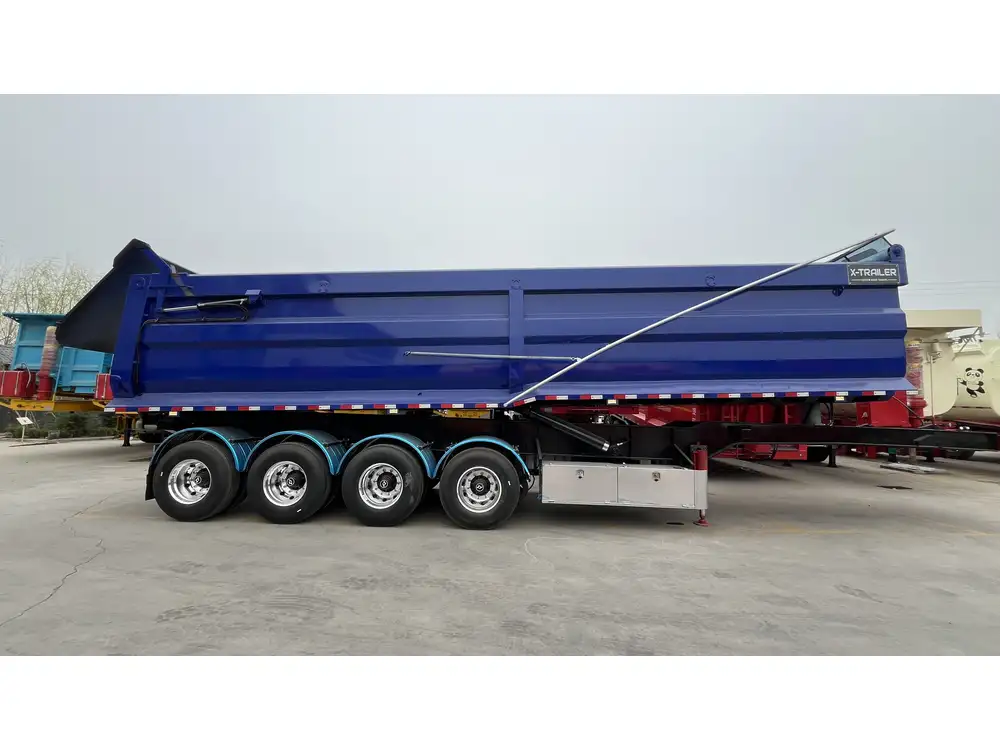
Signs of a Malfunctioning Solenoid
Recognizing the symptoms of a faulty solenoid is critical for timely intervention. Here are some common indicators:
| Symptoms | Description |
|---|---|
| Inconsistent Operation | The dump bed lifts slowly or not at all. |
| Electrical Clicks | The solenoid clicks but does not engage the pump. |
| Overheating | The solenoid becomes excessively hot during operation. |
| Fluid Leaks | Hydraulic fluid might leak around the solenoid. |
| Warning Lights or Alarms | Dashboard indicators may signal electrical faults. |
If you notice any of these signs, it’s essential to conduct a thorough test of the solenoid to troubleshoot the issue.
Tools Required for Testing
Before starting the testing process, gather the following tools and equipment:
- Digital Multimeter: For measuring voltage and resistance.
- Wrench Set: To safely disconnect the solenoid.
- Wire Strippers: For inspecting or replacing wiring.
- Safety Goggles and Gloves: For protection during the procedure.
- Hydraulic Fluid: In case the system needs topping off.
Step-by-Step Guide to Testing a Solenoid
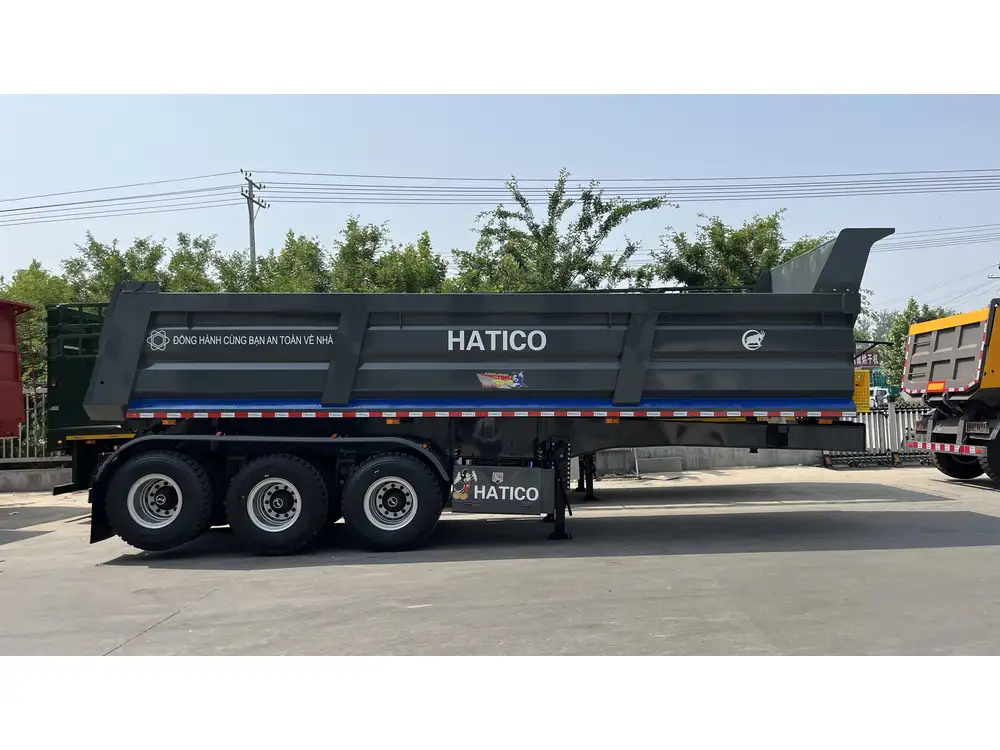
Step 1: Safety First
Before any troubleshooting begins, prioritize safety.
- Disconnect the Power: Ensure that the dump trailer is disconnected from any power source to prevent accidental activation.
- Wear Protective Gear: Equip yourself with gloves and goggles to shield against hydraulic fluid leaks.
Step 2: Visual Inspection
Perform an initial visual check of the solenoid and surrounding components.
- Check for Damage: Inspect the solenoid housing for cracks or corrosion.
- Examine Wiring: Look for frayed wires or poor connections which could interrupt electrical flow.
- Look for Leaks: Ensure there are no signs of hydraulic fluid leaking from the solenoid or hoses.
Step 3: Testing with a Multimeter
Now, utilize a multimeter to test the solenoid’s functionality.
- Set Multimeter to Ohms: Position the multimeter to measure resistance.
- Disconnect Solenoid Wiring: Carefully detach the wires from the solenoid terminals.
- Measure Resistance: Place the multimeter probes on the solenoid terminals. A working solenoid should exhibit a resistance value typically between 5 and 20 ohms. If the reading is infinite (OL), the solenoid is likely faulty.
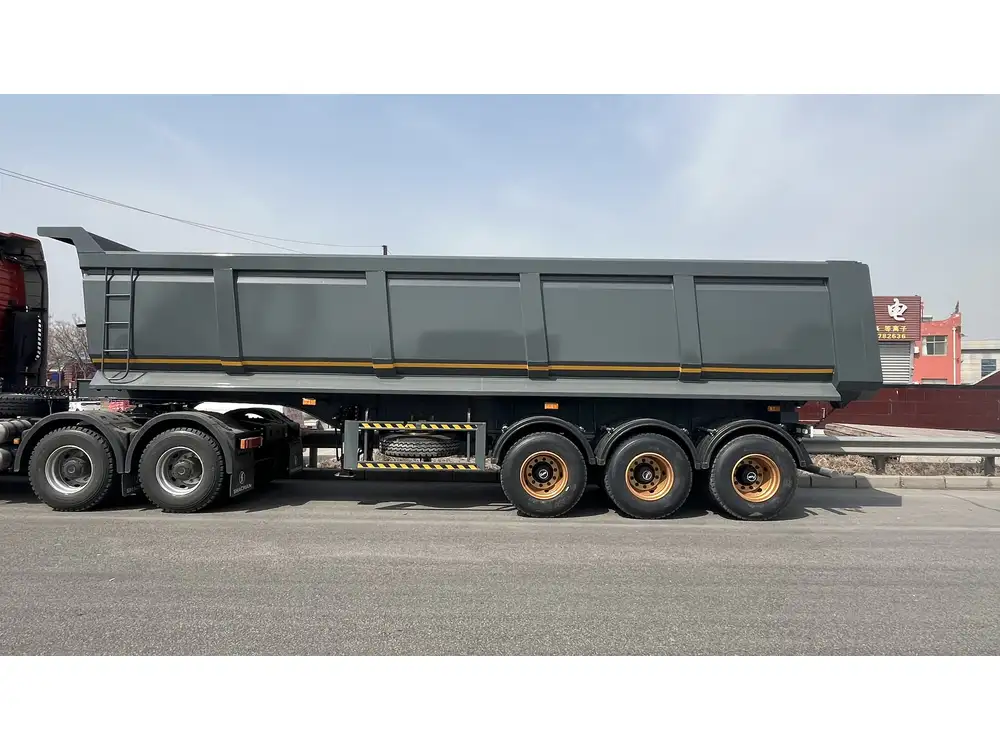
Step 4: Check for Voltage Supply
To ensure that the solenoid is receiving power:
- Set Multimeter to Voltage: Adjust the multimeter to measure DC voltage.
- Reconnect Wires: Attach the wires back to the solenoid terminals.
- Activate the Dump Mechanism: Use the dump trailer controls to engage the lift function.
- Measure Voltage: Position the multimeter probes to check the input voltage at the solenoid. It should match the trailer’s rated voltage (usually 12V or 24V). If there’s no voltage present, the issue may lie upstream at the battery or switch.
Step 5: Solenoid Activation Test
For a complete evaluation, it’s essential to perform an activation test.
- Direct Power Test: If safe to do so, apply direct power to the solenoid using jumper wires from the battery.
- Listen for Click: If operational, the solenoid should emit a distinct click sound as it engages. If no sound or movement occurs, the solenoid is likely defective.
Step 6: Replacement and Maintenance
After testing, if you confirm that the solenoid is malfunctioning, replacement is the next step.
- Select the Right Solenoid: Ensure compatibility with your dump trailer model.
- Installation: Follow the manufacturer’s guidelines for installation. Make sure to connect the wires securely.
- Routine Maintenance: Consider regular checks for wear and tear on solenoids and other hydraulic components to prevent future issues.
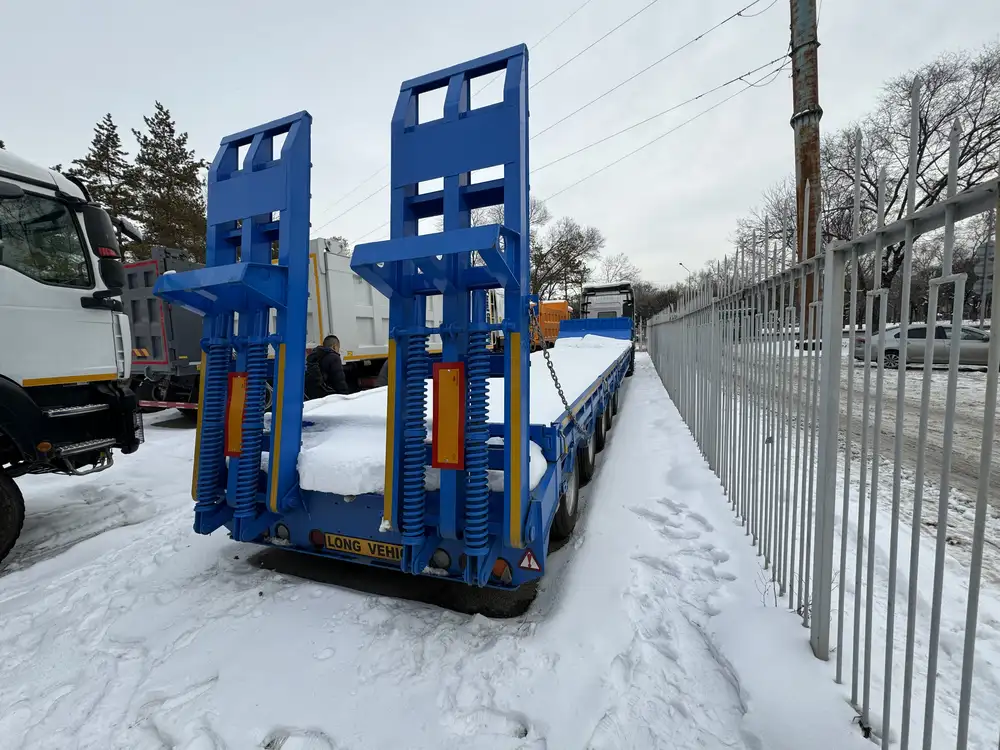
Comprehensive Maintenance Tips
To prolong the lifespan of the solenoid and enhance overall dump trailer performance, incorporate the following maintenance practices:
| Maintenance Task | Frequency | Benefits |
|---|---|---|
| Inspect the Solenoid | Monthly | Detects signs of wear early. |
| Check Hydraulic Fluid Levels | Before Use | Ensures optimal system pressure. |
| Test Electrical Connections | Quarterly | Prevents electrical failures. |
| Clean Solenoid and Area | Biannually | Reduces the risk of debris interfering with operation. |
| Lubricate Moving Parts | Yearly | Minimizes friction and promotes longevity. |
Troubleshooting Related Issues
Sometimes, a malfunctioning solenoid may not solely be to blame. It’s essential to examine related systems that could affect its operation, including:
Hydraulic Pump Issues
- Signs: Whining noise or low pressure during operation.
- Test Method: Check pump fluid levels and inspect for leaks.
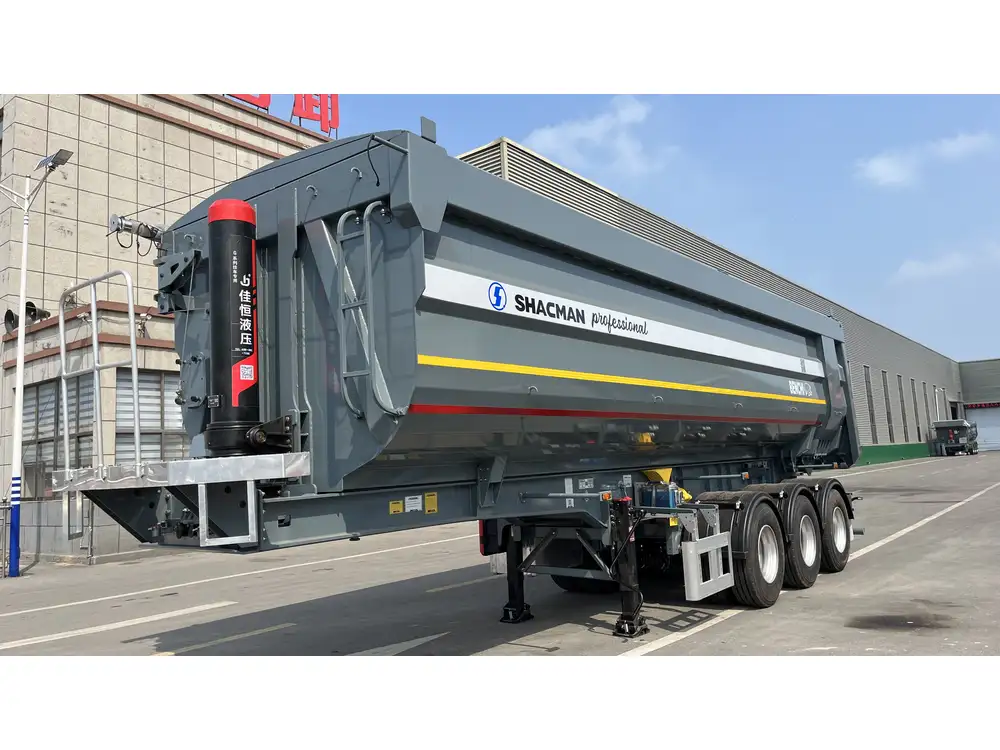
Electrical Wiring Problems
- Signs: Inconsistent lighting or failure to engage.
- Test Method: Inspect the entire circuit for breaks or frayed wires.
Control Switch Malfunctions
- Signs: Controls do not respond.
- Test Method: Test the switch with a multimeter to ensure proper function.
Conclusion
Testing a solenoid on a dump trailer is a vital task that ensures reliability and efficiency in your operations. By following the outlined steps and maintaining routine checks, you can significantly reduce downtime and enhance the functionality of your trailer. Remember, proactive maintenance adheres to the old adage: “An ounce of prevention is worth a pound of cure.” Maintaining your solenoid and related hydraulic components not only extends their life but also safeguards your investment in the dump trailer itself. Always consult the manufacturer’s manual for specifications and recommendations tailored to your particular model for the best results.



